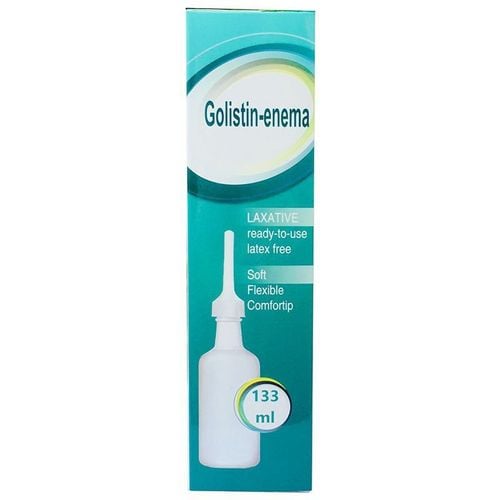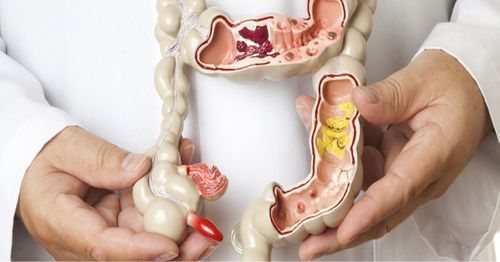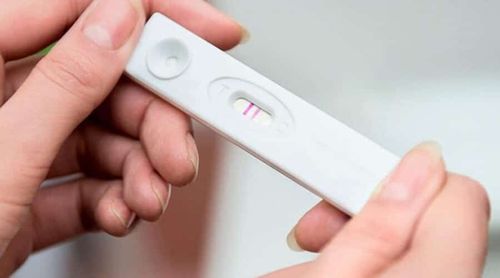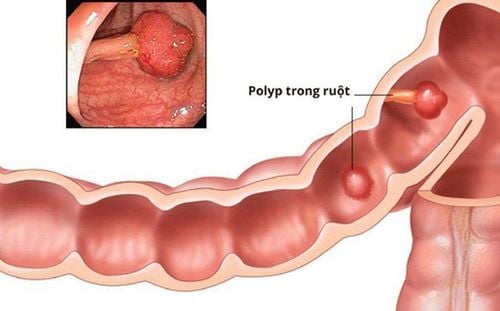This is an automatically translated article.
Rectal foreign bodies are often accidentally swallowed by the patient. At this time, the patient often presents with sudden and severe pain during defecation due to the foreign body impinging on the rectal wall. In this case, if the rectal foreign body is removed immediately, there will be no dangerous complications.
1. Understanding rectal foreign body
Rectal foreign bodies can be inserted into the rectum but can also be swallowed. Gallstones, feces, and ingested foreign bodies (eg, toothpicks, fish bones, and chicken bones) may be located at the anorectal junction. In addition, other possible foreign bodies such as urinary tract stones, IUDs, surgical gauze, or other instruments can erode into the rectum. Foreign bodies in the rectum, sometimes strange things associated with sex toys, or drug packets are inserted into the rectum for concealment and can become lodged in the rectum unintentionally. Gastrointestinal foreign bodies can sometimes cause perforation during insertion into the rectum. Some foreign bodies get lodged in the wall of the rectum, and others get stuck just above the anal sphincter.
2. Symptoms and signs of rectal foreign body
One of the things that makes it difficult to detect and diagnose a rectal foreign body condition is that this phenomenon sometimes has no specific, obvious symptoms. In addition, the condition of having foreign bodies in the rectum is common in people with poor perception, which makes it even more difficult. In cases where the foreign body stays in the rectum for a long time and causes complications, the following signs and symptoms will appear:
Abdominal pain is one of the first manifestations when the foreign body is stuck inside the rectum. Irritation of the gastrointestinal mucosa by foreign bodies can also cause persistent nausea and vomiting. Fever occurs when there is an infection caused by a long-standing foreign body inside the rectum. The most dangerous is the foreign body that causes damage or pathological progression leading to rectal bleeding. In addition, the abdomen will be very tender, which in the next case leads to peritonitis or inflammation of the abdominal wall.

Đau bụng là một trong những biểu hiện đầu tiên khi có dị vật trong trực tràng
3. Diagnosis of rectal foreign body
Diagnostic methods for rectal foreign bodies include:
Rectal examination: Foreign bodies are usually located in the middle rectum, where they cannot pass through the anterior angle of the rectum. They are palpable during rectal examination. Imaging: Abdominal radiographs are often helpful in identifying foreign bodies. In addition, an upright abdominal x-ray should be performed to see if there is free air in the abdomen due to perforation. Computed tomography can help identify contrast-enhancing foreign bodies that are not visible on x-rays.
4. Treatment of rectal foreign body
Rectal foreign body removal can be performed manually, by experienced surgeons or gastroenterologists. Anososcopy, colonoscopy, and/and the use of pins may help with better direct visualization and removal of foreign bodies. In the case of a palpable foreign body, local anesthetic should be administered, dilatation of the anal opening with a pin, trying to hold and then remove the foreign body. There is no need for regional or general anesthesia. If the foreign body is not palpable or visible, do not attempt to clamp and remove the foreign body. Peristalsis usually causes the foreign body to move down the middle rectum, and removal of the object may be attempted rather than allowing it to descend on its own.
It is not always successful to try to remove a rectal foreign body through an anoscopy or proctoscopy. Sometimes sigmoidoscopy causes the foreign body to be pushed further, further slowing its excretion. If different approaches to removal of the foreign body are unsuccessful, laparoscopic extrusion of the foreign body anus or colostomy to remove the foreign body may be necessary, but this is rarely necessary. After removal of the foreign body, a sigmoidoscopy should be performed to rule out rectal lesions.
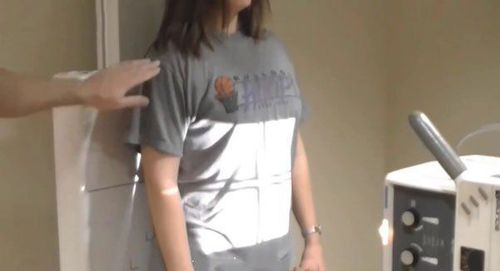
Để phát hiện có dị vật trong trực tràng có thể sử dụng phương pháp chụp x-quang ổ bụng
5. Prevention of rectal foreign body
Prevention of foreign bodies in the rectum by:
For patients with poor awareness, you need to take care, take good care and remove all small objects or leave them in a safe place. so that these objects cannot be grasped. Persistent attention should be given to patients with impaired cognition and to keep them away from places where many easily swallowed and dangerous objects are stored. Limit for patients to eat foods such as hard seeds because they can cause blockages in the digestive tract as well as other parts of the body. In short, when encountering a rectal foreign body, it should be removed immediately or it will leave dangerous complications. Therefore, when you see sudden and severe pain while going to the toilet, possibly due to a foreign body piercing the wall of the rectum, you need to immediately go to a medical facility for examination and timely intervention.
Please dial HOTLINE for more information or register for an appointment HERE. Download MyVinmec app to make appointments faster and to manage your bookings easily.




